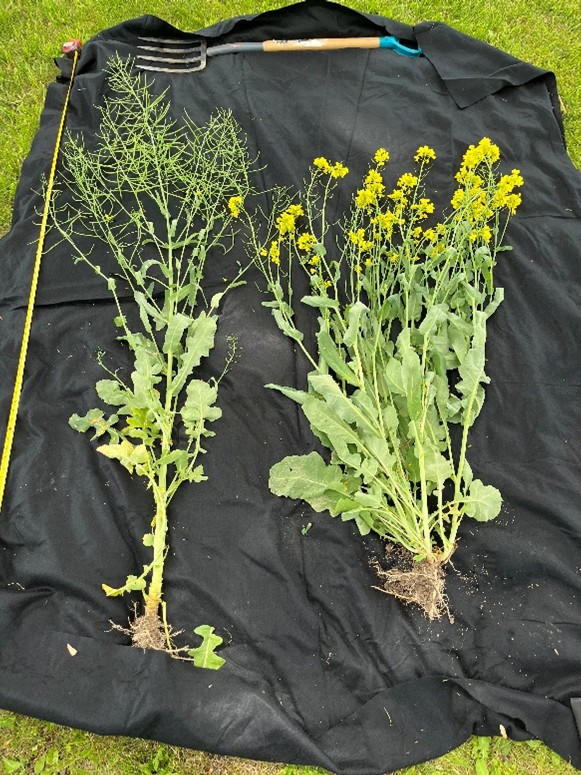Dry Bean Seasonal Summary 2025

Acreage Overview In 2025, approximately 130,000 acres of dry beans were insured by Agricorp in Ontario. This is higher than the 116,000 acres harvested in 2024 and the highest since 2020, when over 156,000 acres of dry beans were harvested in Ontario. The acreage of each market class in 2025 is presented in the table […]
